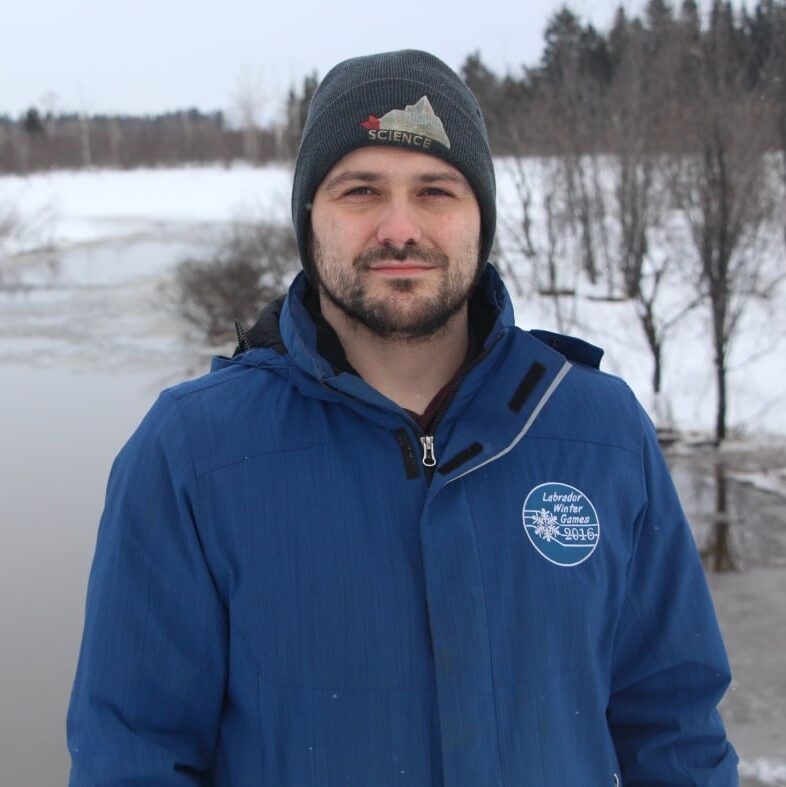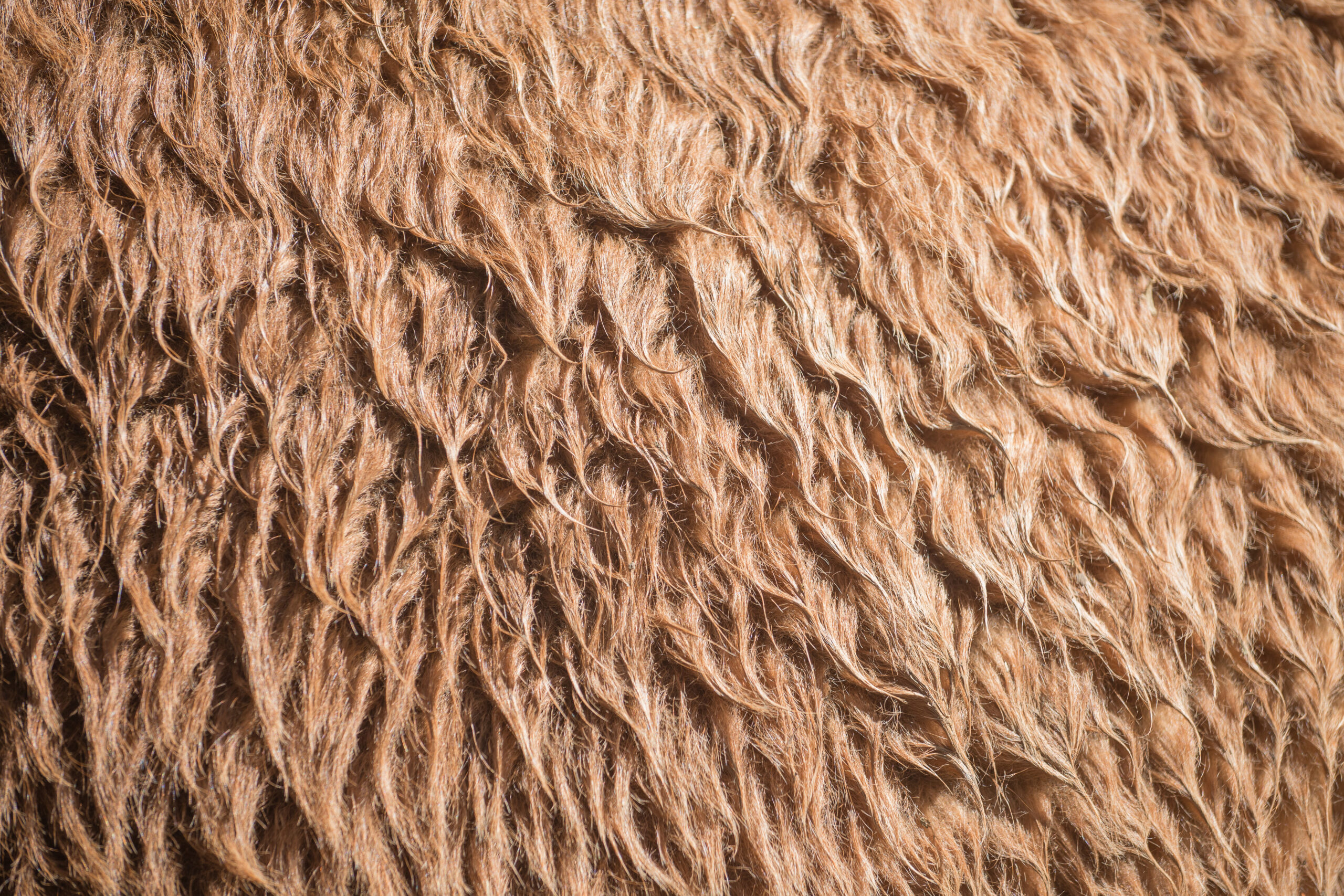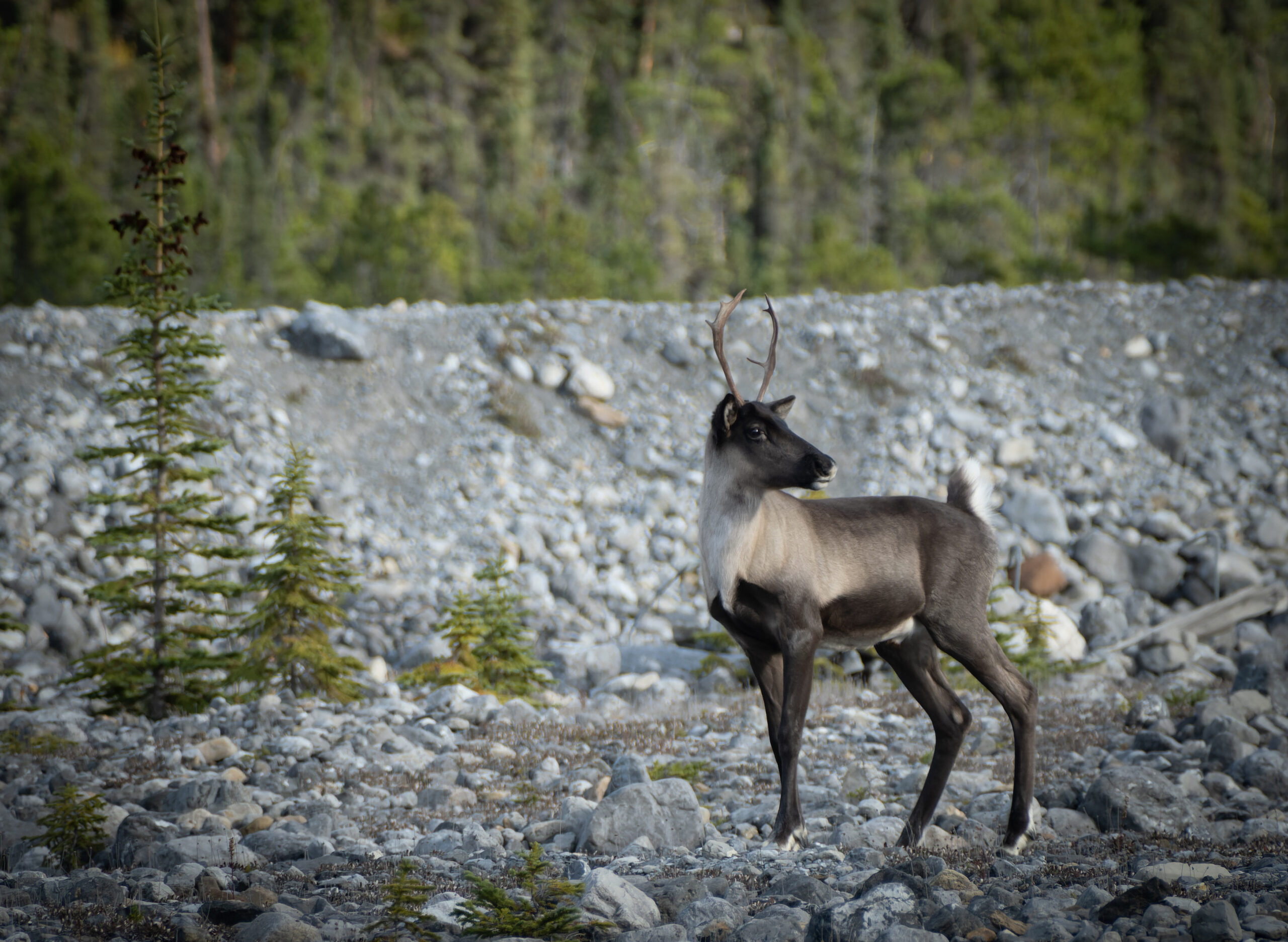
George Desjarlais of West Moberly First Nations says herds of caribou were once so plentiful in his community’s territory in northeastern B.C. that they moved like a swarm.
“Big herds would move all in one shot,” he said in a report about caribou restoration.
“One Elder said there were so many, they were like bugs.”
Mountain caribou — also known as wadziih or wah tzee in Dunne-za and atihk in Cree — have long been an important resource year-round for Indigenous communities. In the winter, caribou skins would keep people warm, and for the rest of the year, the meat would feed the people when moose wasn’t as abundant.
However, since colonization, the population of mountain caribou has starkly declined — with the Klinse-Za mountain caribou herd at one point going from hundreds of animals to just 38 in 2013.
At one point, the numbers were as low as just 16 caribou. This was because of human disturbances — the caribou migration routes across the Peace River Valley became fragmented because of dam development, isolating them from migration routes.
Further, industry including mining, forestry and oil and gas have also contributed to their near-disappearance. And while people from local First Nations stopped hunting the caribou in the 1970s in an attempt to allow the populations to replenish — the province continued to allow non-Indigenous people to hunt them until 2003.
In 2020, the Saulteau and West Moberly First Nations signed a landmark agreement with Canada and British Columbia to help the southern mountain caribou through habitat protection, Indigenous guardianship and more.
The health of caribou populations can also indicate the health of their surrounding environment — they have a preference for mature forests, and so the concurrent decline of old growth is not surprising. This also means other species are being affected, and so habitat restoration is equally key.
Now, while caribou once sustained the people — people are now sustaining the caribou.
Land Remembers
Indigenous Knowledge Systems

A climate scientist on the power of witnessing thousands of caribou in migration.
Listen
What do we need to know before bringing back the woolly mammoth?
Read moreWhy did local First Nations stop hunting the mountain caribou in the 1970s?

Watch a short film on the most successful caribou recovery program in North America.
In the springtime, Indigenous guardians like Julian Napoleon and Starr Gauthier looked after mother caribou and their calves who are protected in a maternity pen away from predators. The Klinse-Za herd has become more numerous as a result, with current numbers at more than 100.
Napoleon explained that his people’s kinship with the caribou runs deep, speaking with a deep respect for the creatures and how they live together communally.
“For the moose to thrive, for the caribou to thrive, we need to continue to honour them in our prayers and in our ceremonies and eating them is a part of that,” he explained in a short film.
“There’s no time when you express a deeper gratitude to an animal than when it offers itself to you and you bring it home and you share it with people you love in the community. I hope that in my lifetime we can have a chance to do that with the caribou again.”
Former Saulteau First Nations chief Ken Cameron added that the Indigenous-led restoration of mountain caribou feels “almost prophetic” because of how the place where they now live has been such a safe haven for his nation as well.
The lands where the community resides — under two mountains — was a place his ancestors first came to in the 1800s at a time of starvation and colonial oppression. During that time, the caribou nourished his people when they were hungry.
“These four-leggeds are being saved on these very sacred mountains that saved our people,” he said.
“It’s only one species that we’re helping but I think it’s just the beginning.”
Curious for more science of Indigenous Knowledge Systems?
Explore the solutions for regenerating our planet at Change Reaction.
